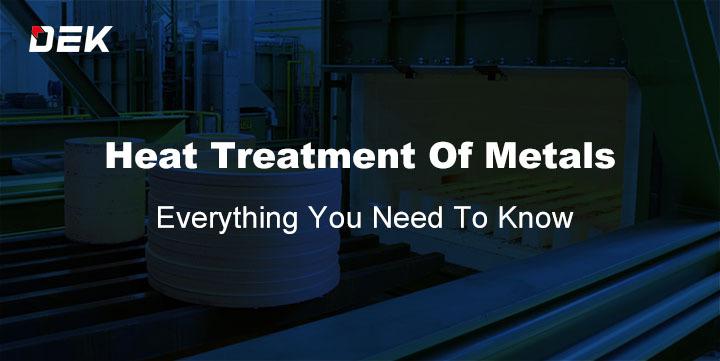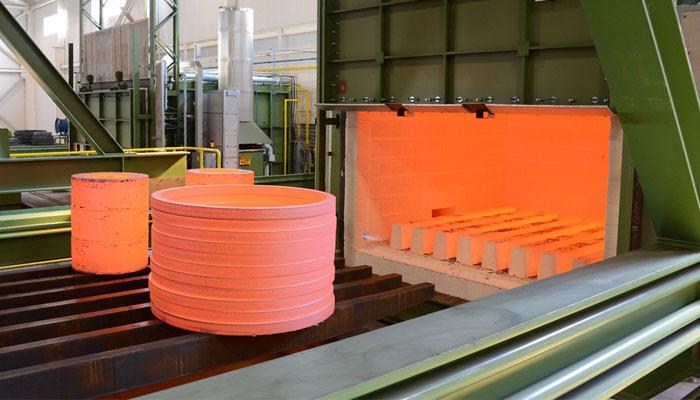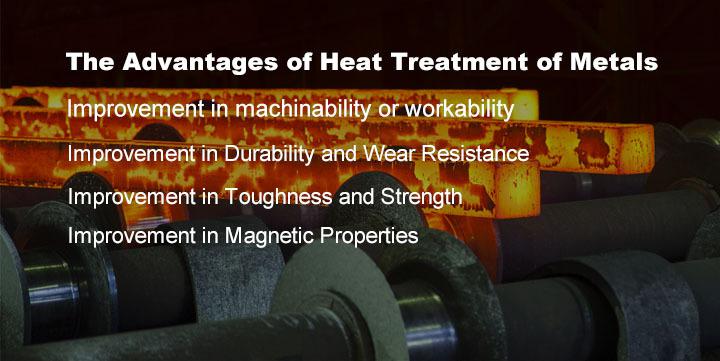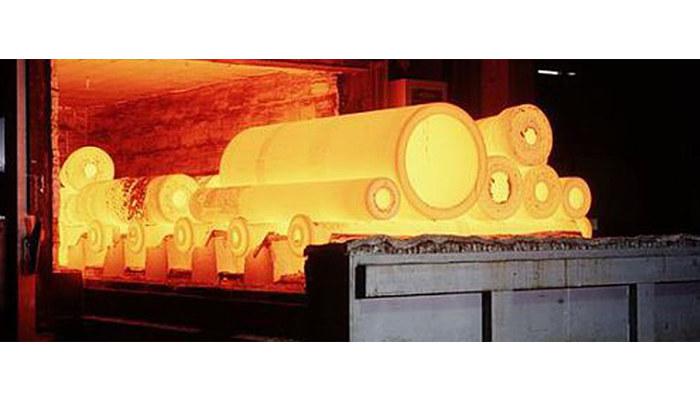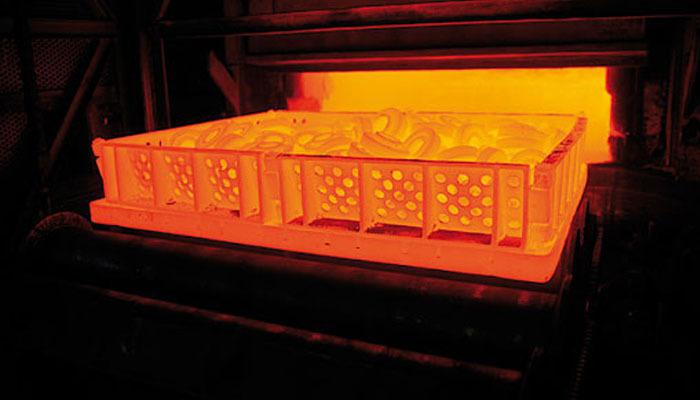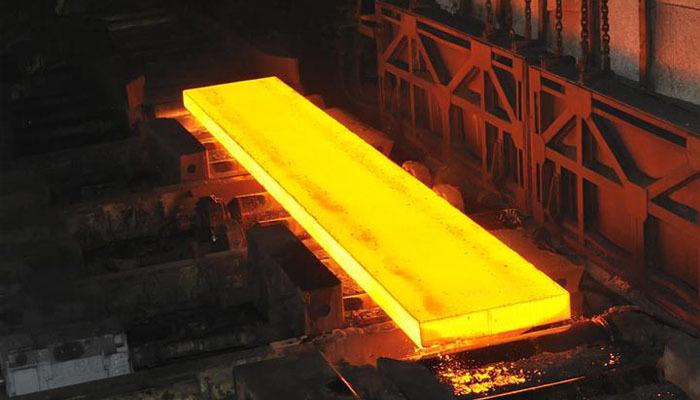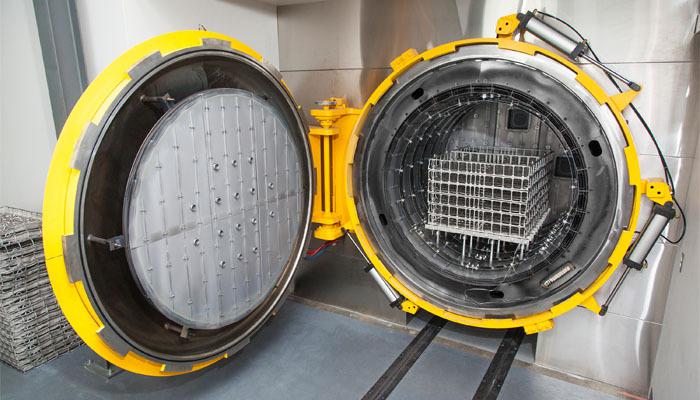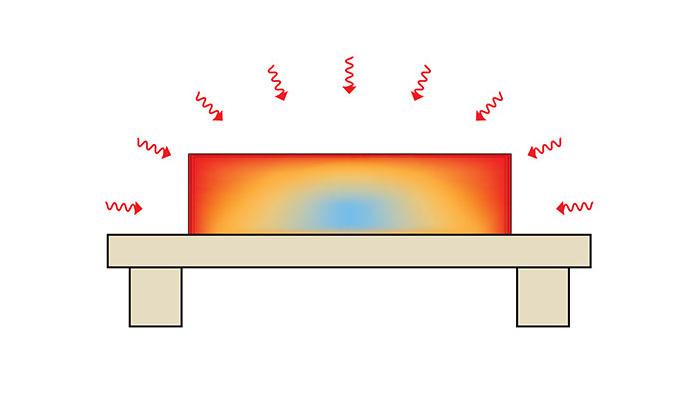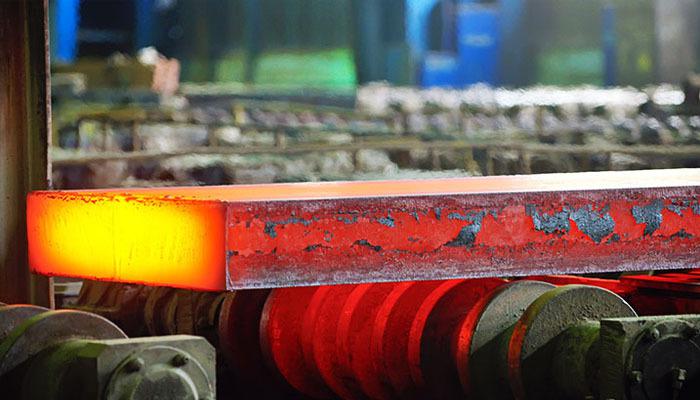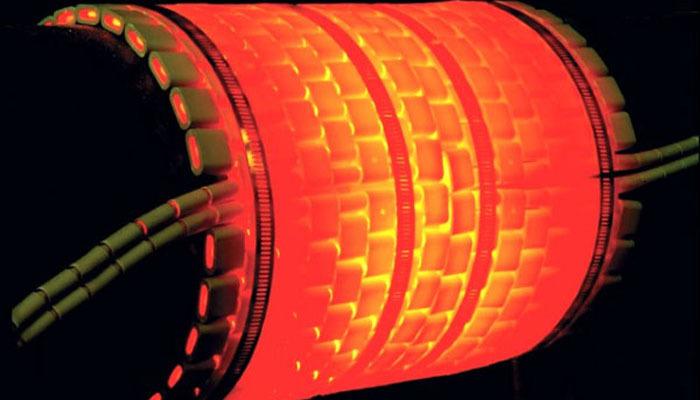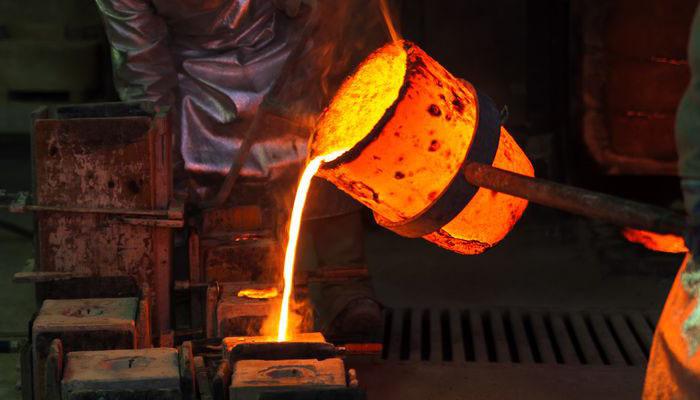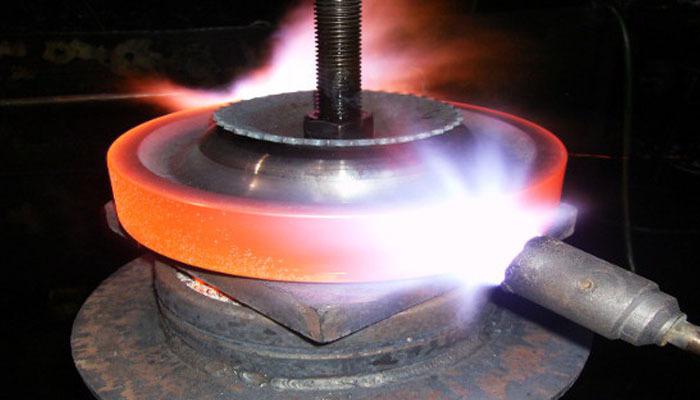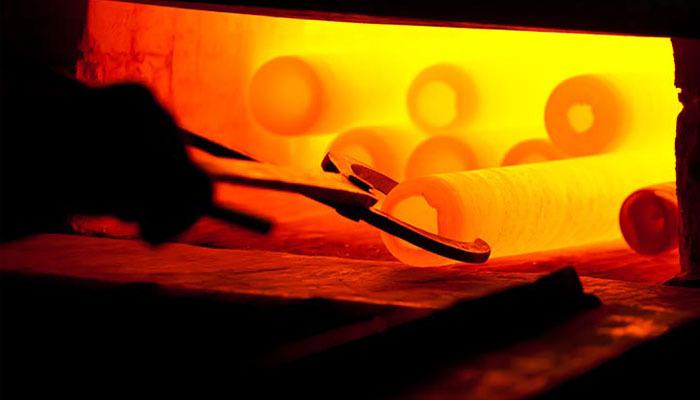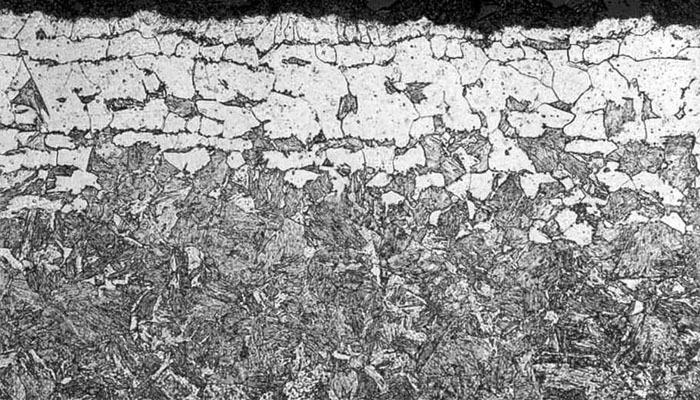In the world of manufacturing, heat treatment of metals is generally used and it is a precisely controlled process of heating and cooling. Heat treatment does not only make the metal harder, but it also makes it softer too. The softening allows metals for working operations such as cold forging, machining, deep drawing, and many more. The heat treatment of metal is beneficial and they include the following:
- Improvement in machinability or workability:
Heat treatment helps to improves a metal’s manufacturability. This is done by the removal of internal stress from previous fabrication processes such as hot work, cold work, machining, welding, and stamping. For example, if a metal is highly hard to bend or machine, it can be subjected to annealing or stress relieving. This will help to reduce the hardness of such material. If a material deforms when machined, to keep it from deformation, the material can be annealed or stress relieved. Heat treatment using induction or flame can also be used the soften a specific area of the metal, leaving the remaining part of the metal untouched.
- Improvement in Durability and Wear Resistance
There are several heat treatment processes out there. Some of these processes can be used to improve wear resistance by hardening the metals involved. Metals such as titanium, steel, Inconel, and some alloys of copper can be hardened either on the surface (case hardening) or through (through hardening). This is done to make the material stronger, more durable, tougher, and more resistant to wear and tear. This method is the best method commonly used to increase the durability of inexpensive steel including 1018 or A-36.
Localized hardening can be done either by induction or by flame. This can also help to harden a specific part leaving the rest part of the material untouched or unchanged. Lastly, nitriding is used to harden the part surface at low temperatures to reduce distortion.
- Improvement in Toughness and Strength
Toughness and strength are a trade-off, as increasing strength as measured by hardness can help to reduce toughness and introduce brittleness. Consequently, heat treatment can affect the tensile strength, yield strength, and fracture toughness. Through hardening or case hardening will help to increase the material’s strength. However, the material will be required to be drawn back or tempered to reduce brittleness. The extent of tempering is determined by the ultimate strength required in the part. Besides, if the received material is too brittle, it can be heat treated either re-tempered or annealed to make it more usable (ductile).
- Improvement in Magnetic Properties
Many metals including 316 or 1008 tend to gain magnetism which is measure as magnetic permeability. This is mostly obtained when the materials in question are work-hardened using methods including machining, stamping, forming, and bending. Aside from gaining magnetism, there is a specific type of annealing process that helps to reduce magnetic permeability. This is important to be carried out if the part has an application in an electronic environment.

